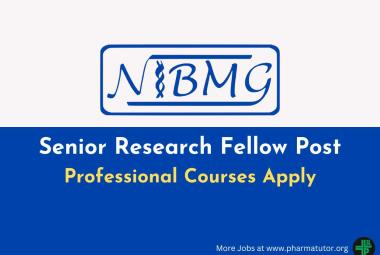TROUBLESHOOTING IN HIGH PERFORMANCE LIQUID CHROMATOGRAPHY
About Authors:
Ipshita Chattopadhyaya, Ekta Malhotra
Department of Pharmacy,
Jaipur National University,
Jaipur, India
ABSTRACT
(1)The developments in column packing technology and suitable equipment paved the way for what is now called High Performance or High Pressure Liquid Chromatography (HPLC). The new technique provided much higher resolution, more accurate quantitative results, as well as shorter analysis times in comparison to the earlier techniques .During the sixties, new theoretical insights accompanied by important. Since its introduction, HPLC has evolved into an indispensable tool in many analytical laboratories and is applied to diverse analytical problems. Actually, HPLC refers to a number of separation techniques that use a liquid mobile phase, or eluent. Troubleshooting HPLC instrumentation and separations require a fundamental understanding of how the instrument functions and how the separation works. (2)This article provides a practical guide to common HPLC problems, along with more in-depth information to help the reader understand the relationships between the observed symptoms and the underlying causes. The practical approach presented here is meant to serve as both a troubleshooting guide and an HPLC learning tool.
[adsense:336x280:8701650588]



 About Authors:
About Authors: About Authors:
About Authors:





